“Hunting Scenes” compiled by Dr. Gerold Holtkamp
Comets are fleeting creatures. They usually don't announce their arrival. This is because they almost always come from far away in space, pay us a visit, and then disappear forever.
Not all of them are visible to the naked eye in the night sky, and so they can move secretly through our neighborhood. This was often possible in earlier centuries, unless they were stimulated by the sun to glow more intensely, sometimes even becoming visible in the daytime sky.
Today, in 2025, the "comet hunters" have gotten better. Even amateurs like us have powerful telescopes and cameras to make even secret visitors visible. When a computer helps with image processing, the resulting views of the celestial visitors are almost enough to induce a sense of cosmic wanderlust.
The current visitors are comets C/2025 A6 (Lemmon) and C/2025 R2 (SWAN). Although they are barely visible to the naked eye, there are, as mentioned, suitable observational aids available. Despite adverse weather conditions, some of us have been successful in our "hunt" for the two comets in recent weeks.
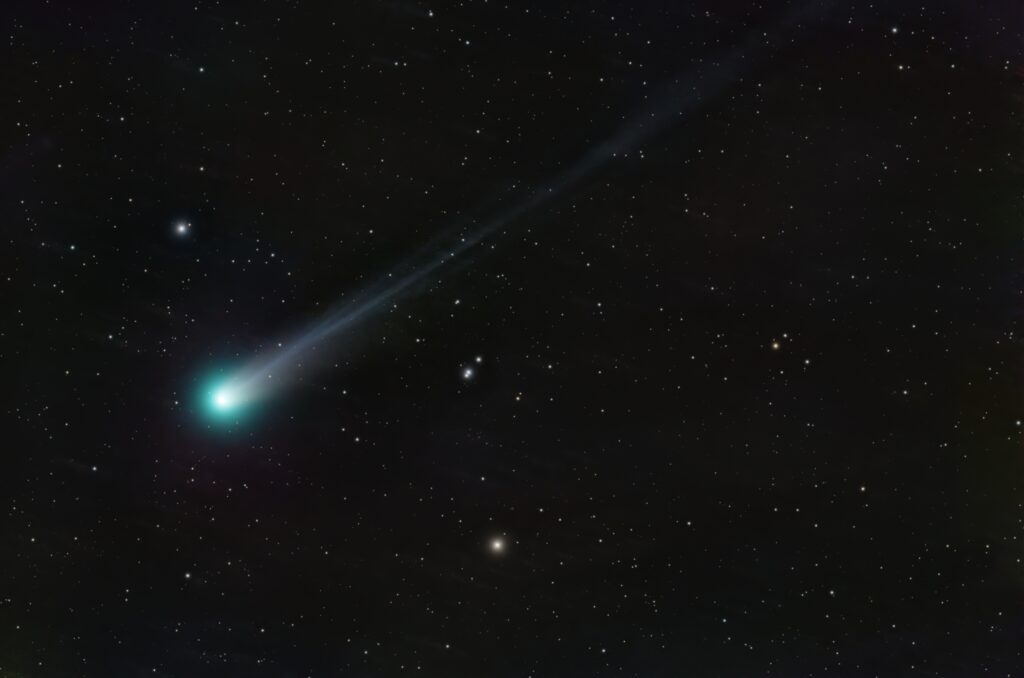
Comet Lemmon on October 1, 2025
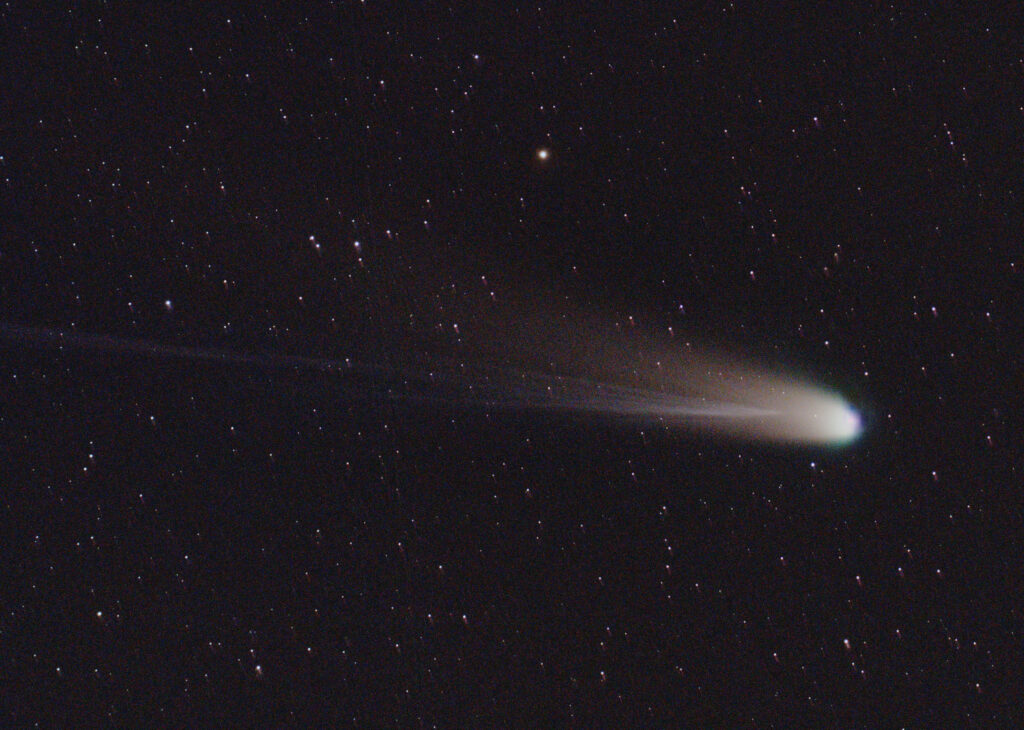
Comet Lemmon on October 18, 2025 at around 5:00 a.m
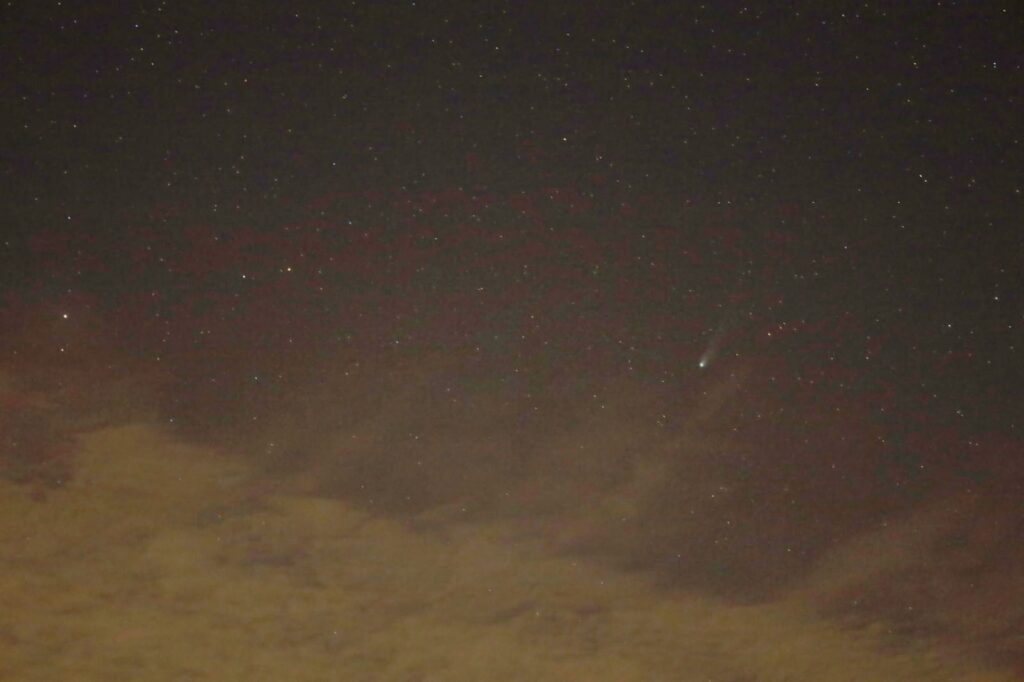
Comet Lemmon

| Anja Drews: “Not deterred from taking photos despite the wind and cold!” Comet Lemmon on October 20, 2025, approximately 8:40 p.m. | Anja Drews: “It was fun!” Comet Swan on October 20, 2025 |
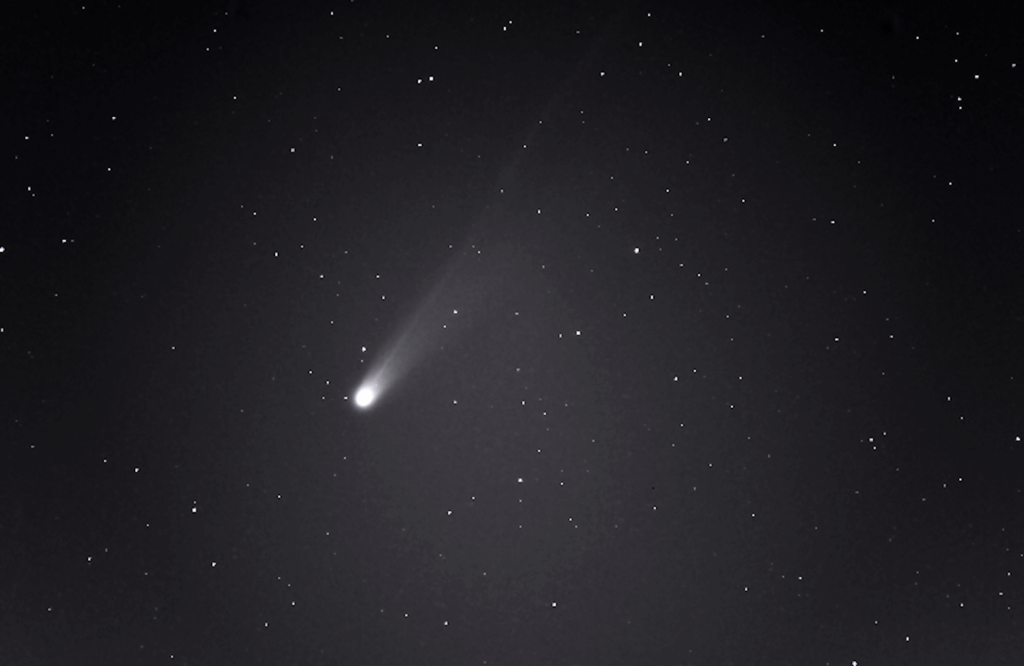
Comet Lemmon on October 20, 2025 at around 8:00 p.m
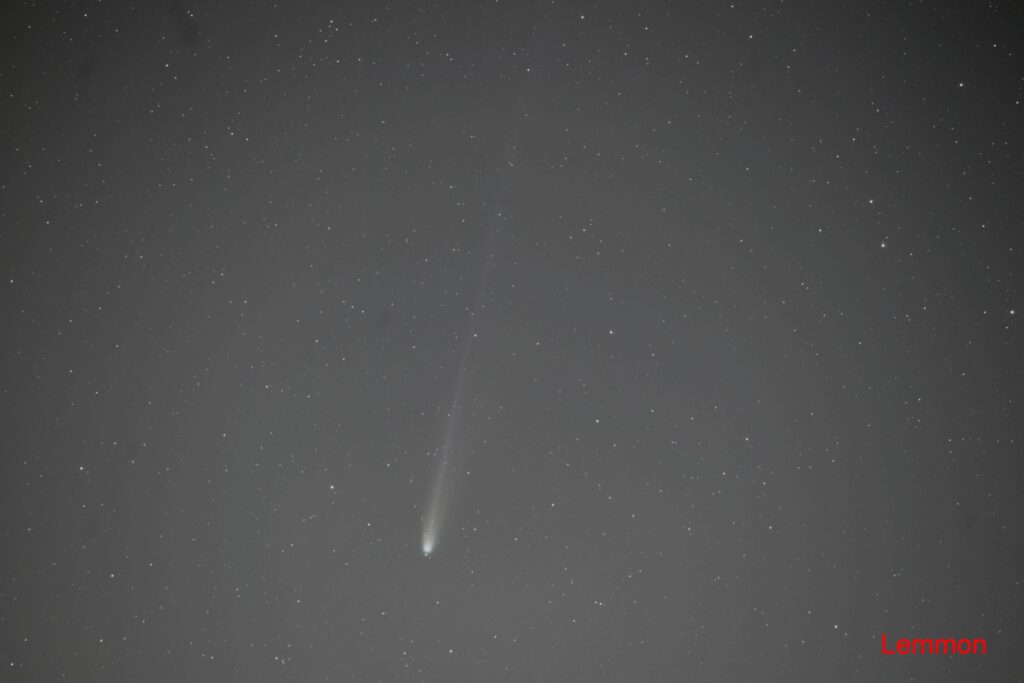
Comet Lemmon at about 8:00 p.m.

Comet Swan on October 24, 2025 at approximately 8:30 p.m.
The images clearly show: Even though the comets move through space many millions of kilometers (Swan about 40 million km / Lemmon almost 100 million km) away from Earth, we as amateurs can still observe them with our telescopes and cameras and follow their trajectories.
If you would like to learn more about the comets already observed by the kosmos-os team, you will find further pictures and information in these reports: